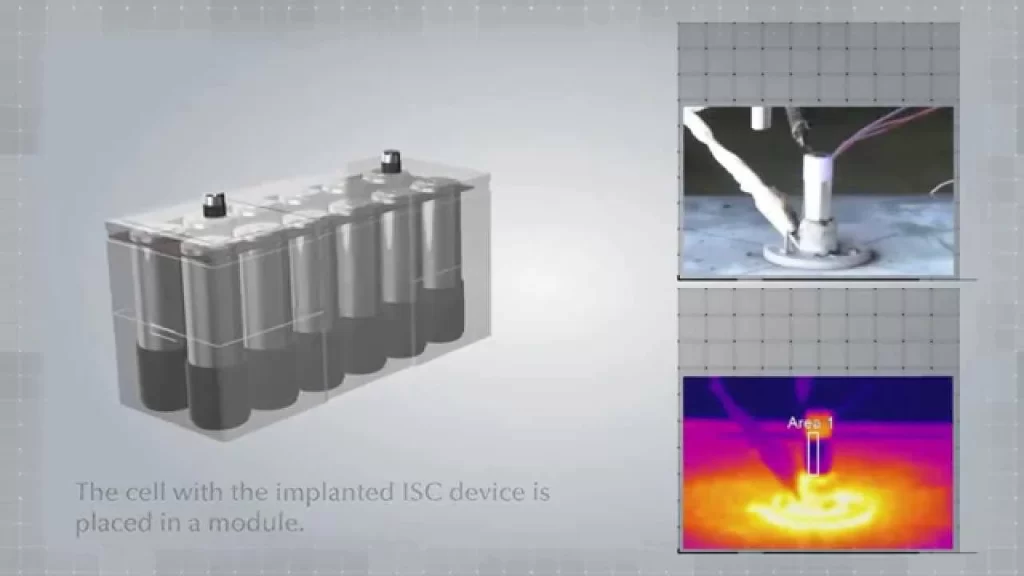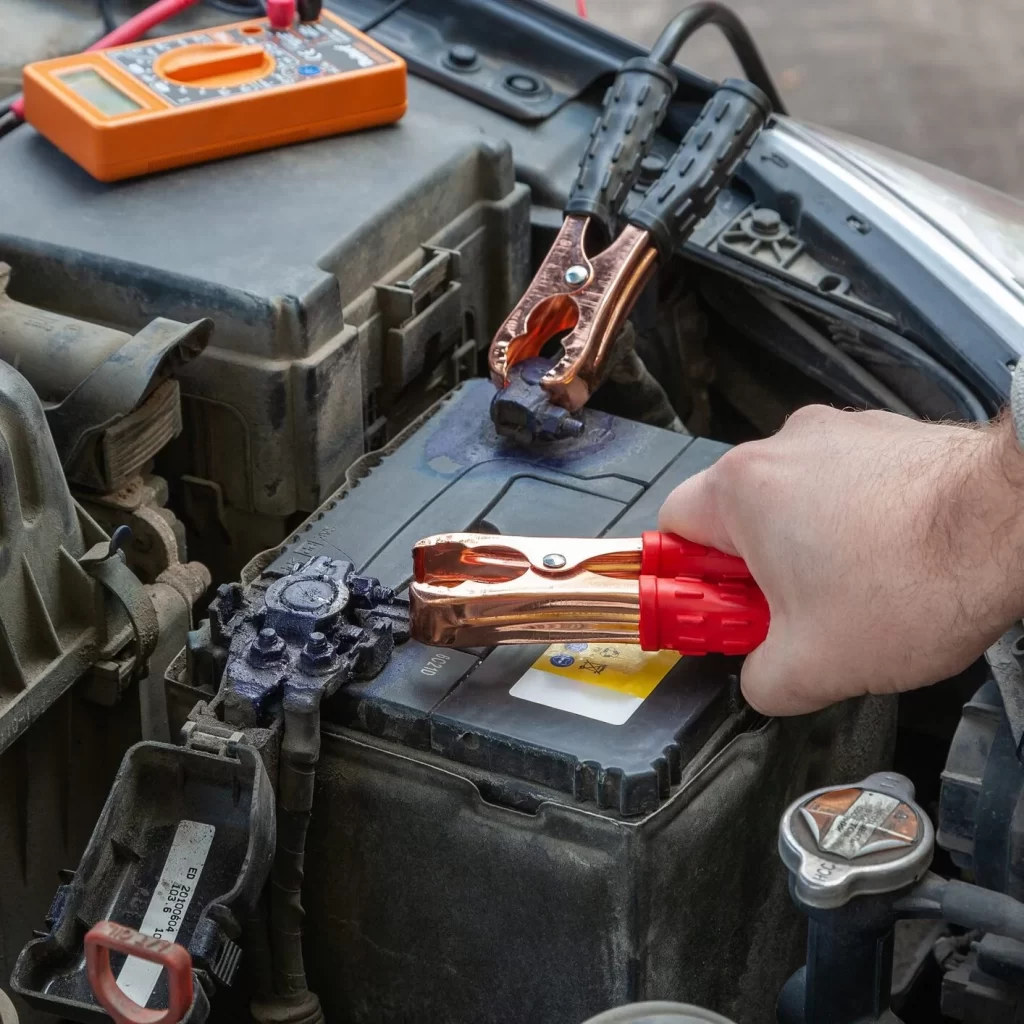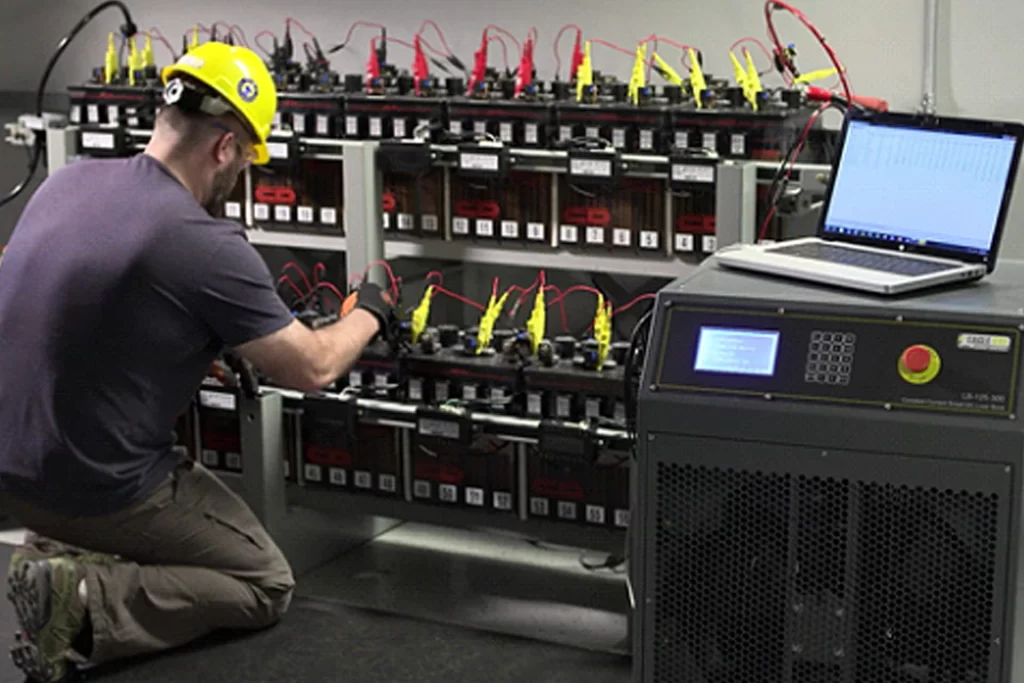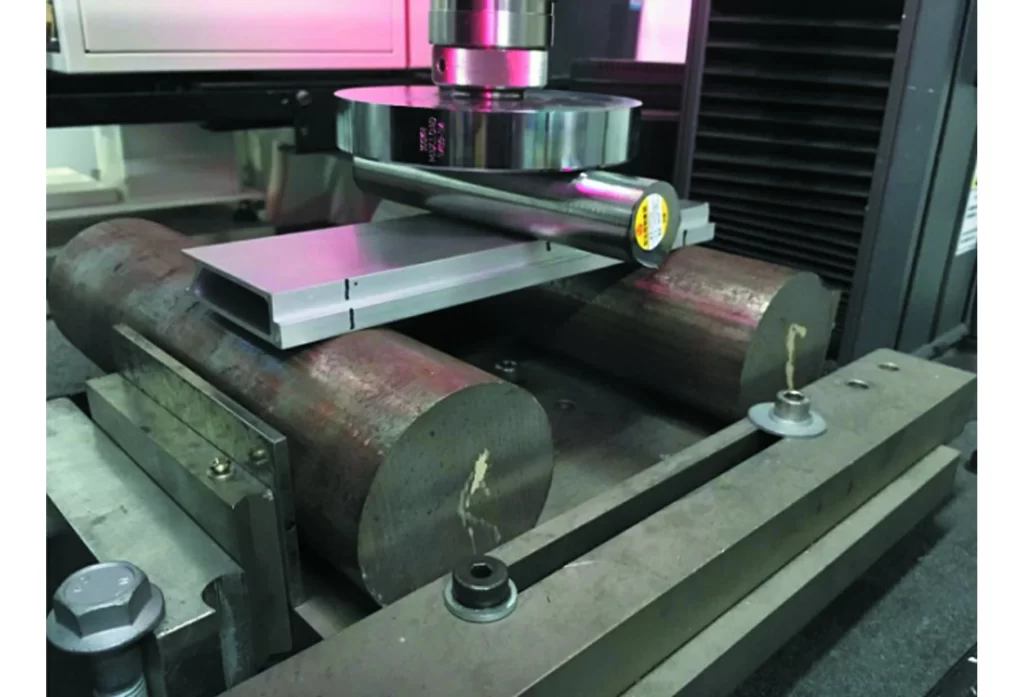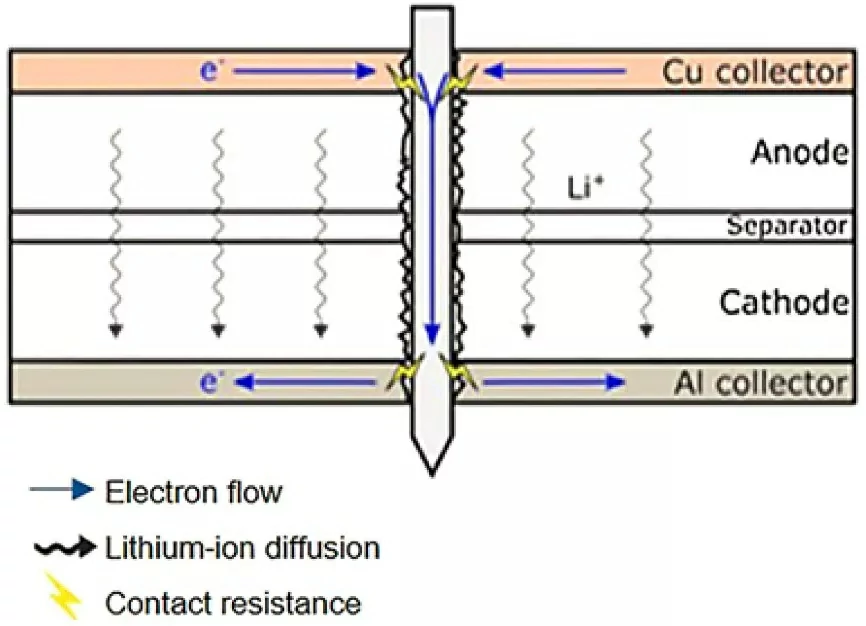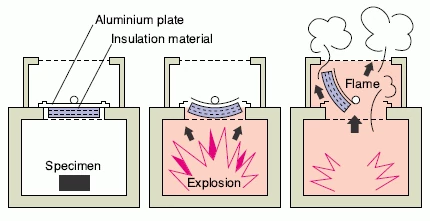Battery safety test The safety test of the battery is to ensure that the battery will not be dangerous during use, such as fire, explosion or leakage. Battery safety is critical for a variety of application scenarios, especially in high-power applications and energy storage systems. The following are common battery safety test items, each designed to simulate extreme conditions to…

